What is it?
These days there are reasons to be cheerful if you want a family hatchback without paying a ‘made in Germany’ premium. I don’t want to spoil the surprise too much, but take a look at next week’s road test and you’ll learn Ford’s latest Focus has rediscovered the dynamic sparkle that made the original so special.
Kia’s Ceed, built on a new platform and now with a fully independent rear axle, can’t match that level of dynamism but handles with a precision and honesty that will jolt anybody whose perception of the brand is more than a couple of years out of date. There is then the pebble-like form of Mazda’s new 3, which promises to drive almost as lithely as it looks.
Toyota would have you add the new Corolla to that list. Confused? Don’t be. That name hasn’t been seen in this country for more than 10 years, but the sharp-edged hatchback before you (along with its estate and saloon derivatives) is essentially a direct replacement for Toyota’s ultra-pragmatic but slow-selling Auris. And it is a model of monumental significance for the brand – a revival of the world’s top-selling nameplate, at least in Europe, where the competition is fiercer and the standards higher than anywhere else in the world.
The rebrand reflects the fact that much has now changed, not least the underpinnings. Toyota’s New Global Architecture platform sits the powertrain 10mm lower for a commensurate drop in the car’s centre of gravity and improved handling. The structure of this 12th-generation Corolla (born in 1966, the saloon original predates the Golf by some eight years) is now 60% stiffer than the old one, and independent rear suspension is now standard. The geometry of the MacPherson struts at the front axle has also been realigned to deliver more communicative steering, all of which sounds promising.

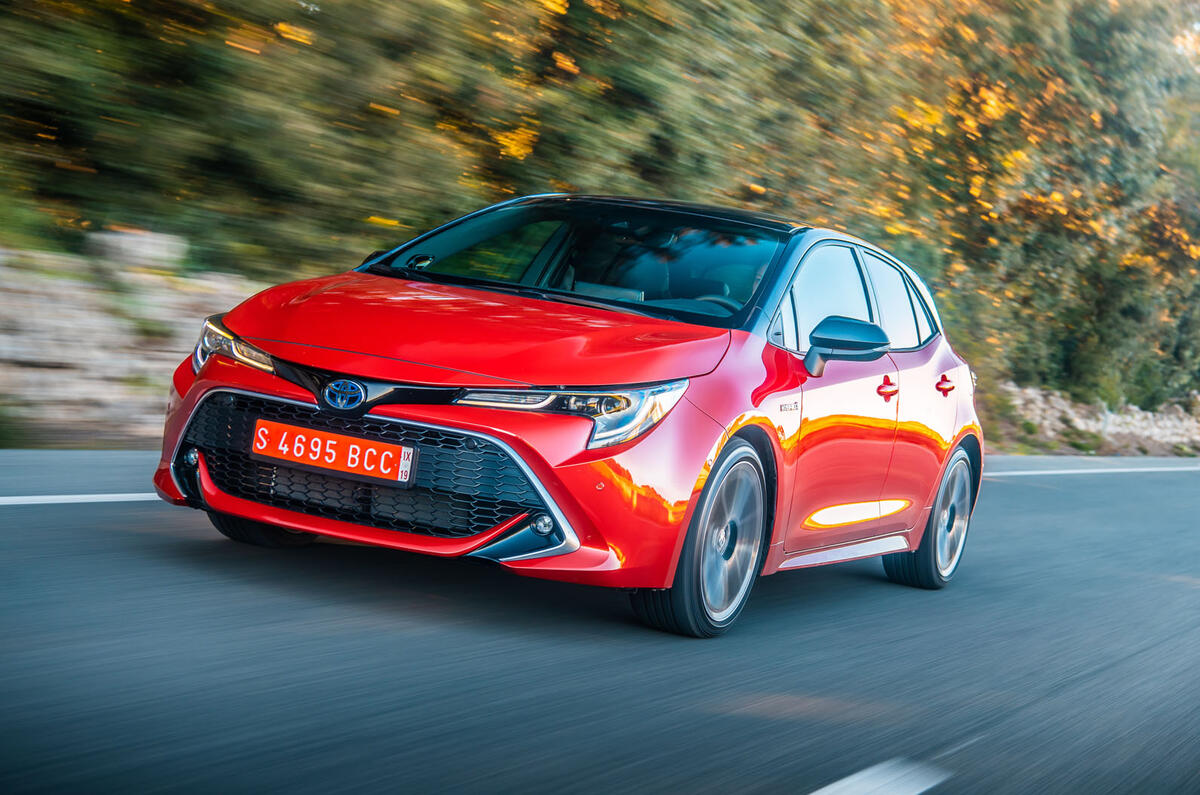
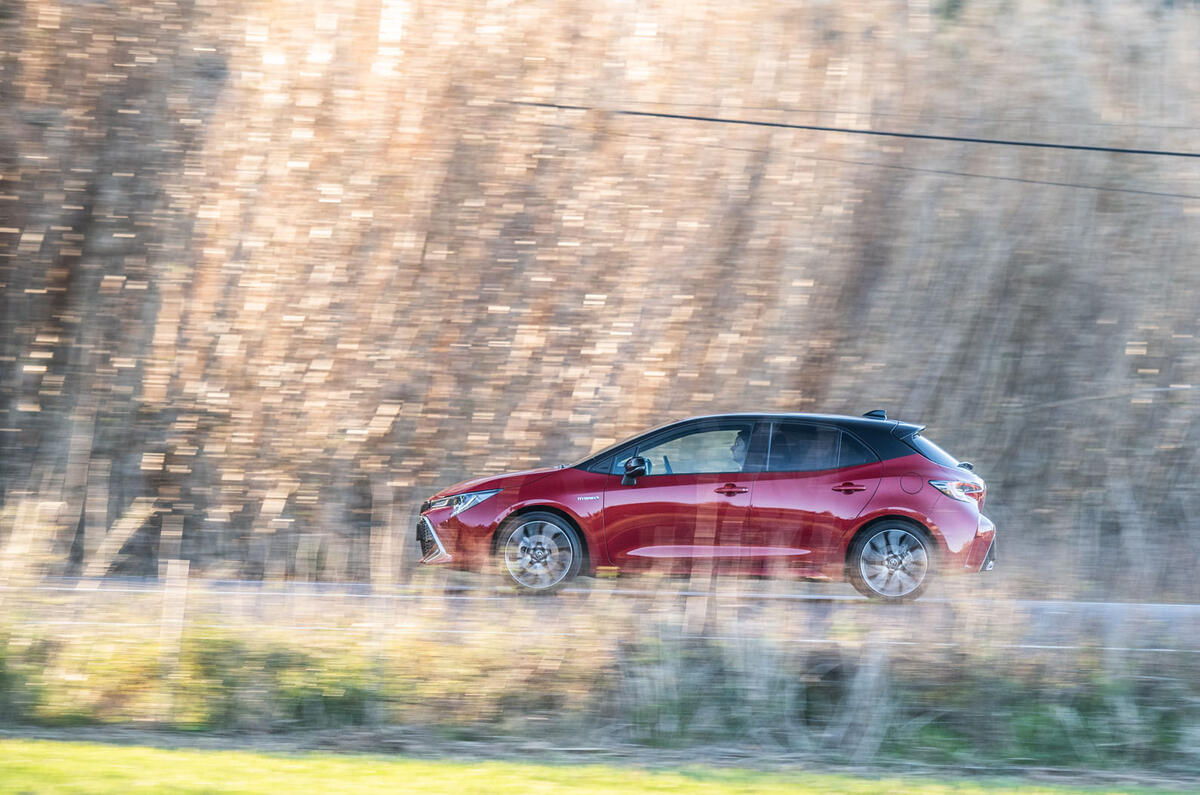
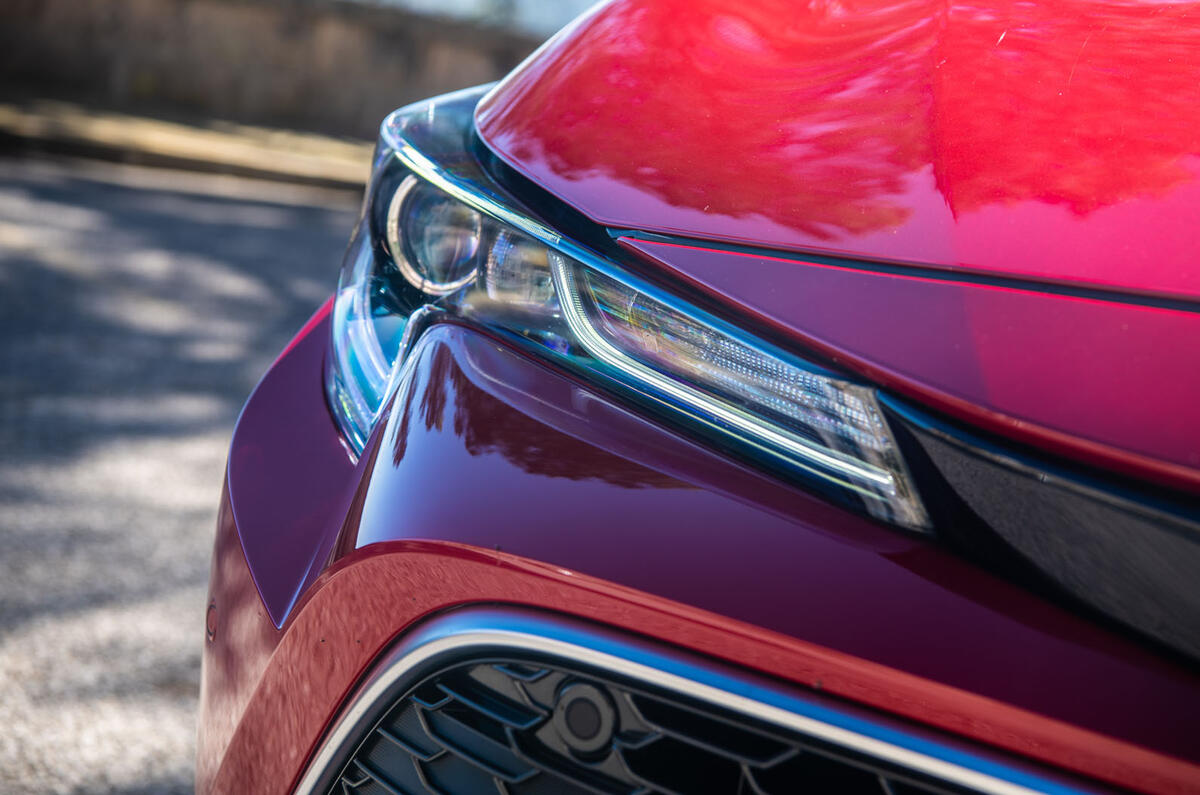
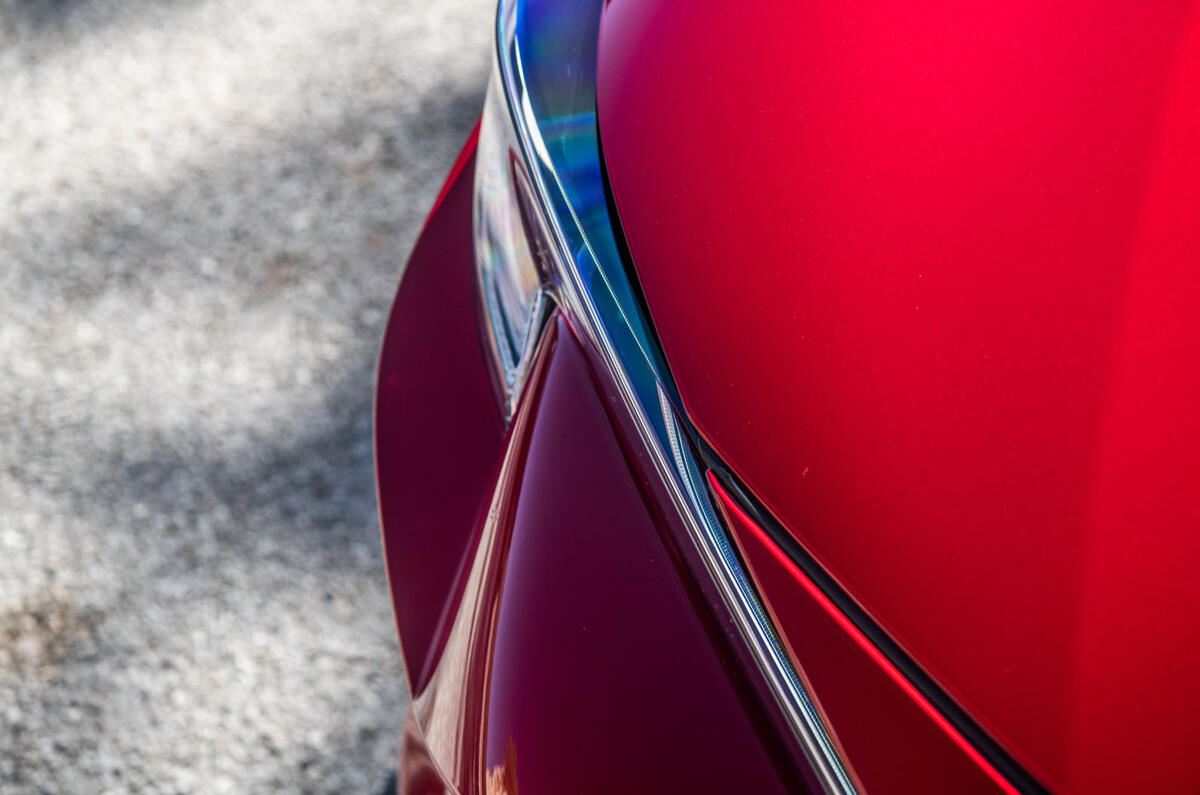
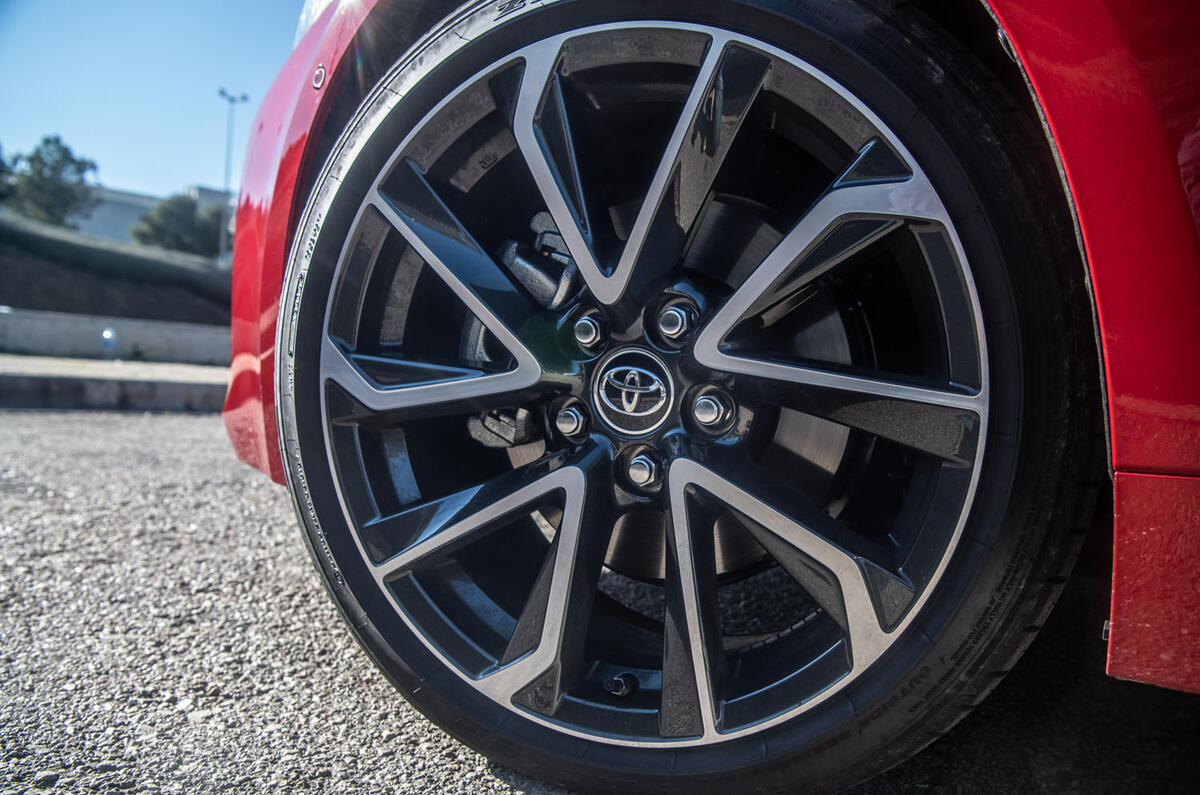
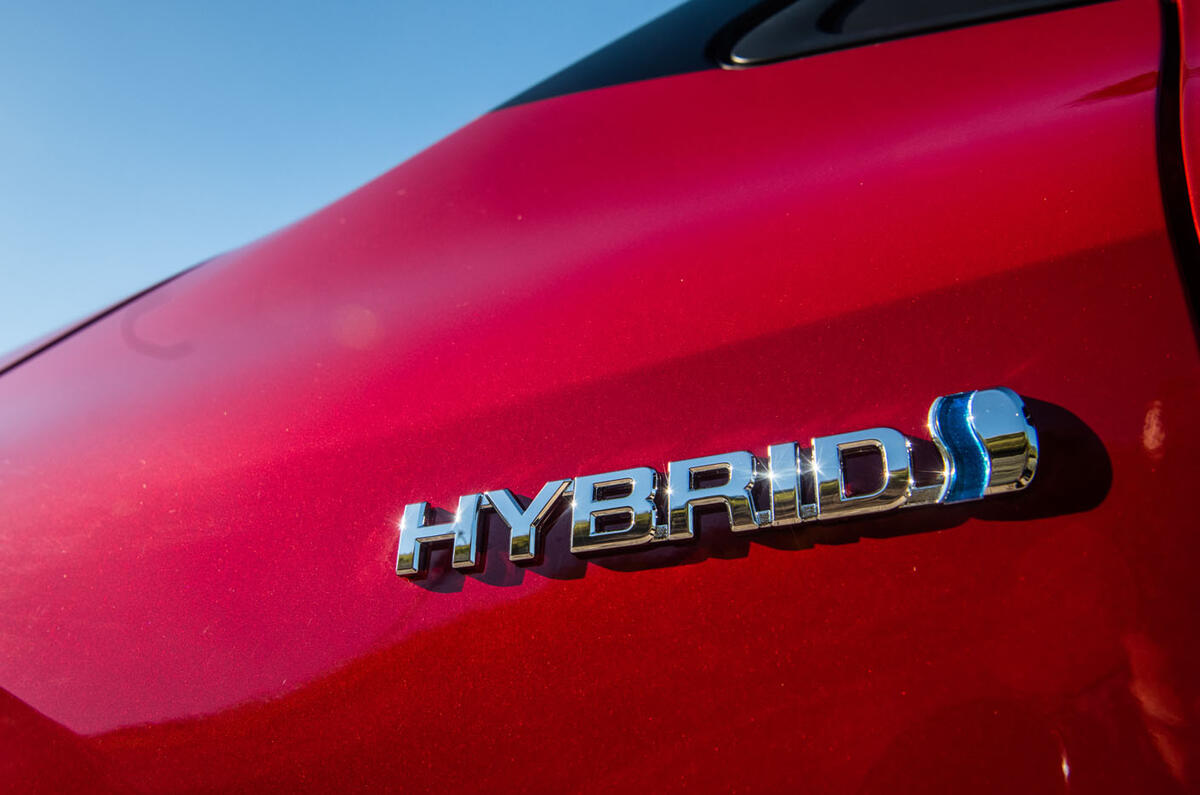
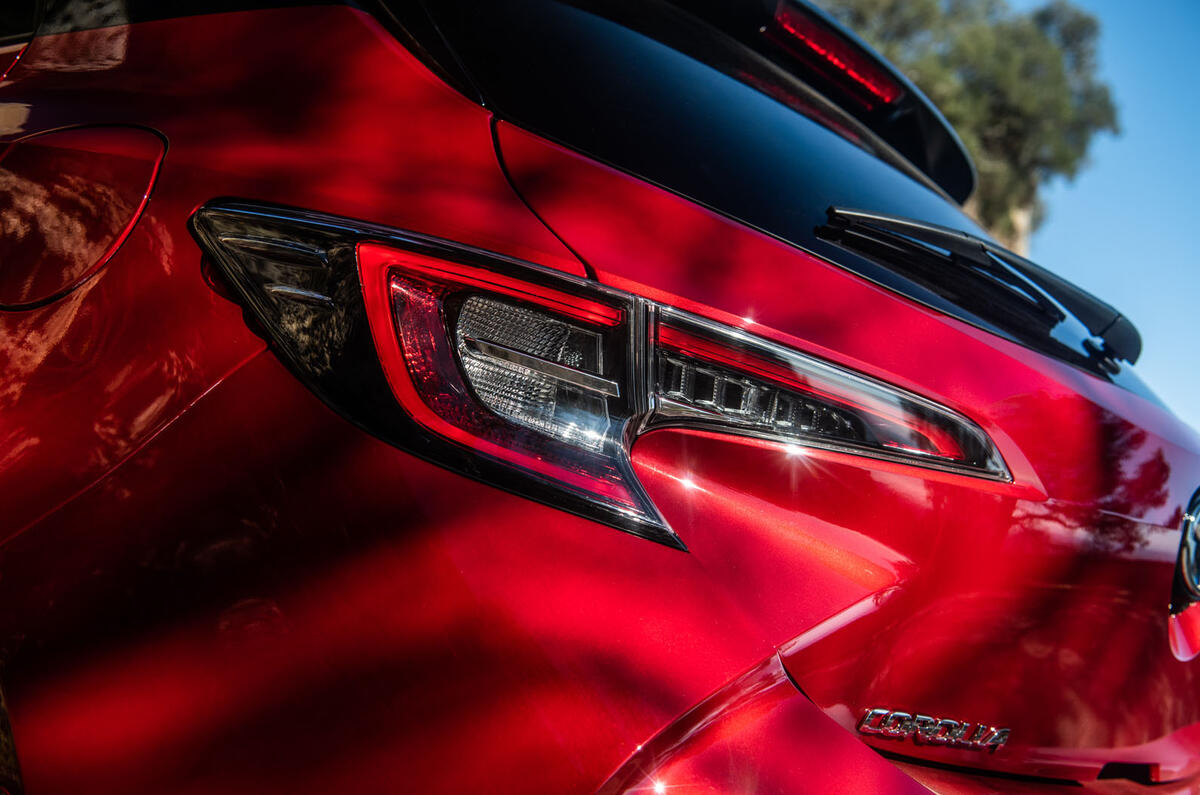
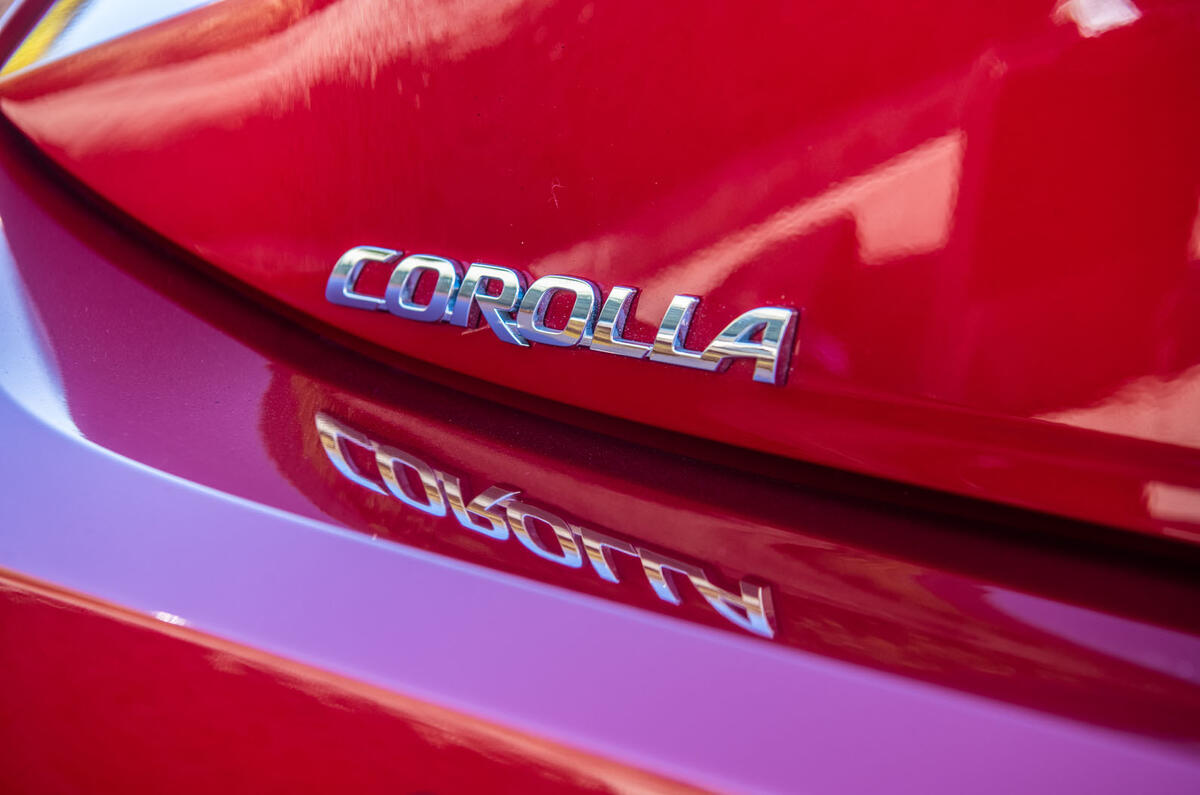
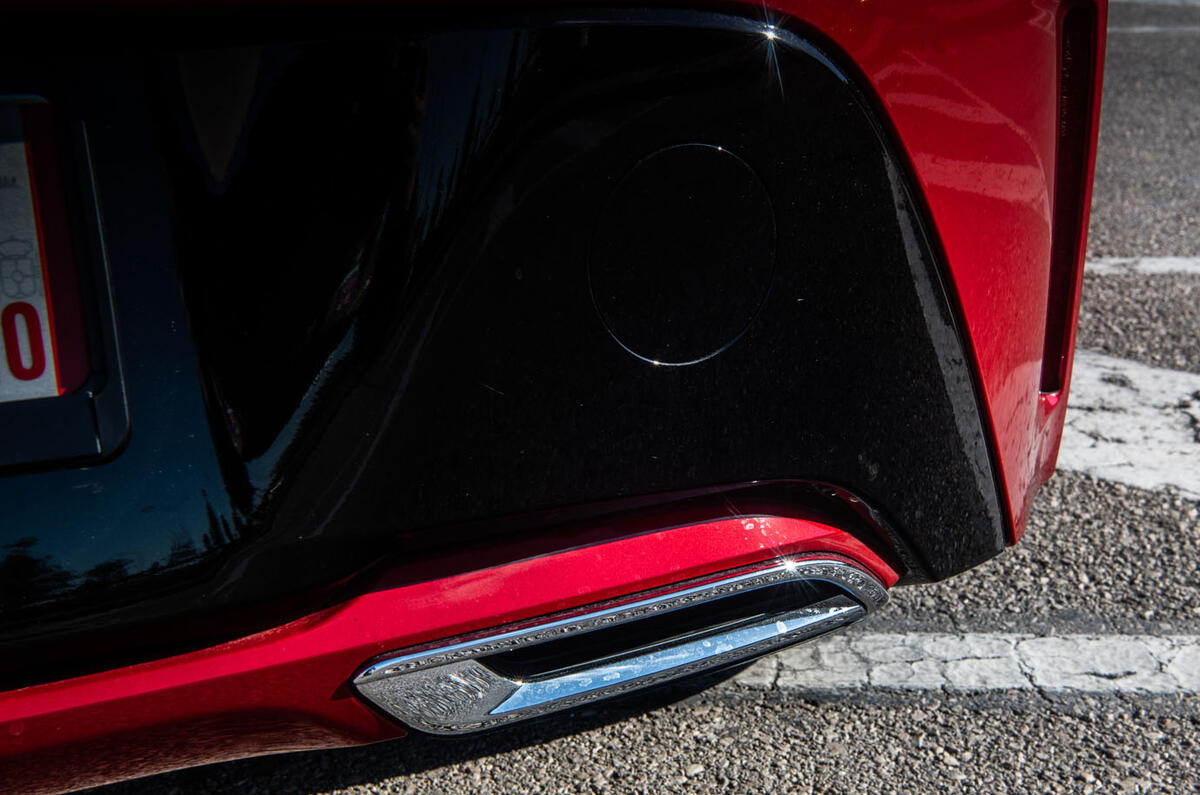
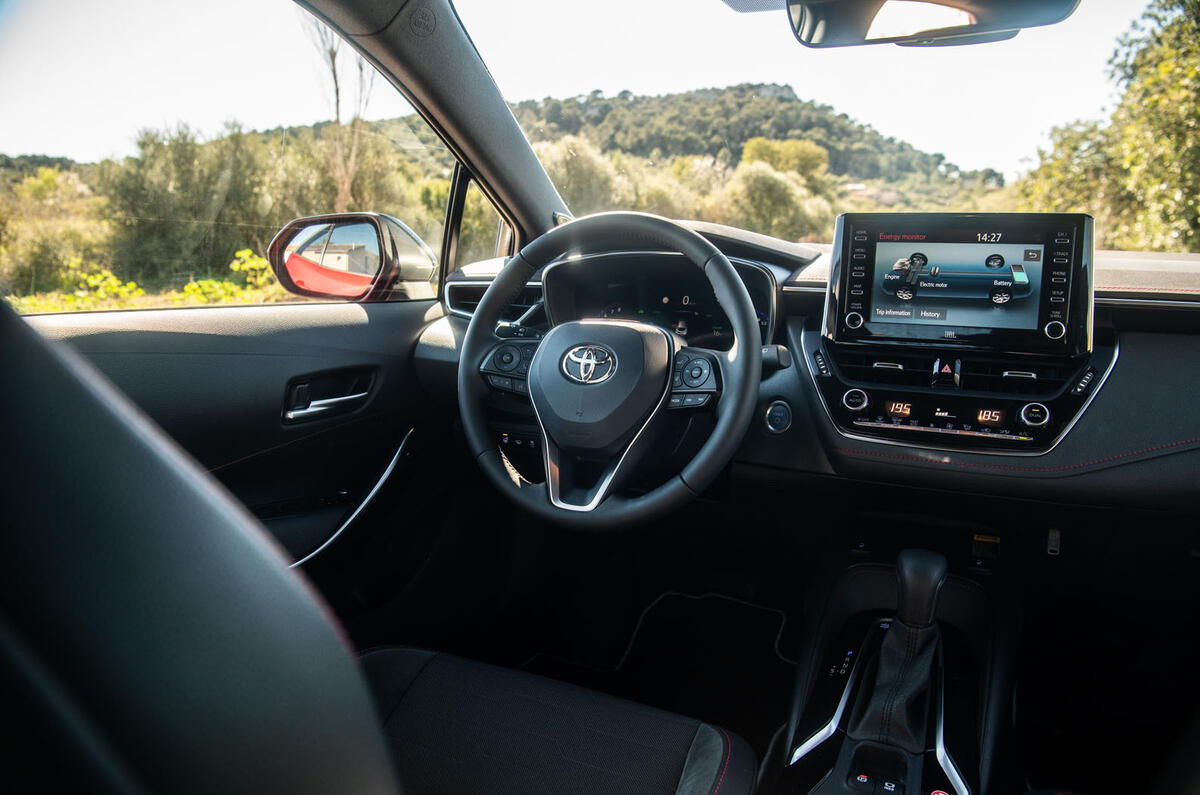
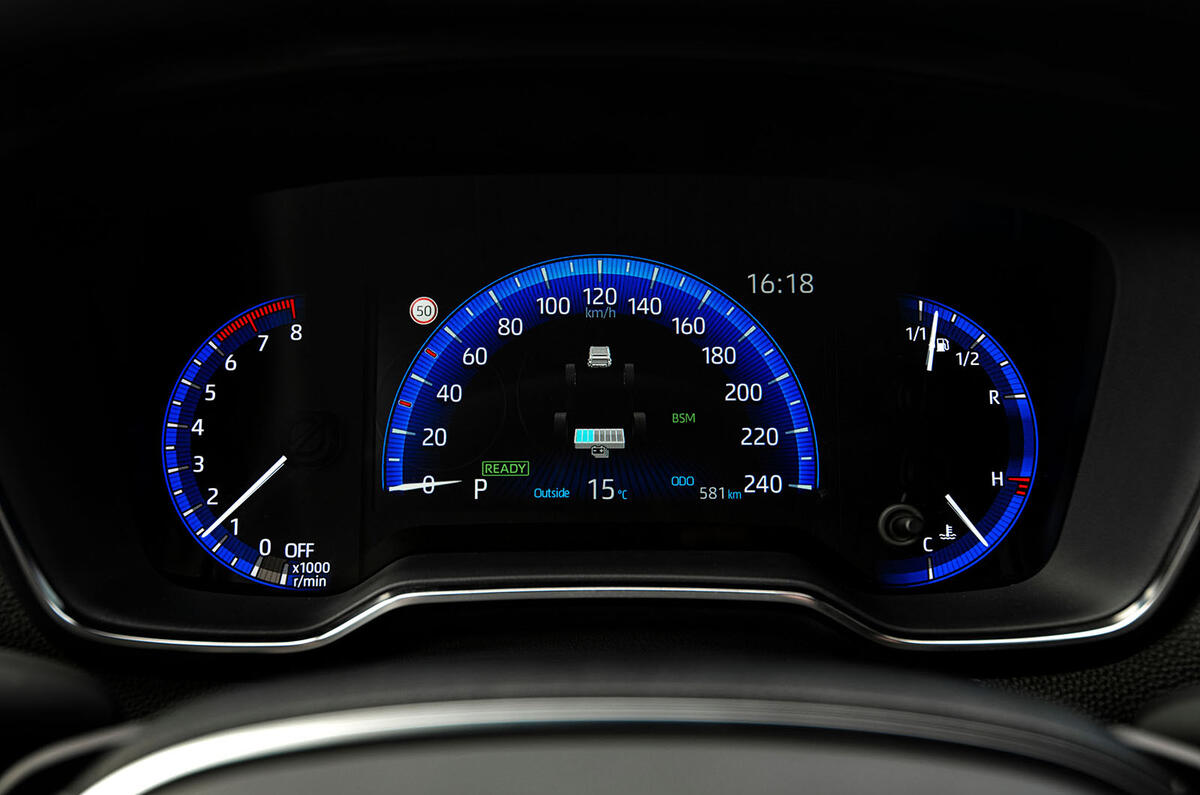

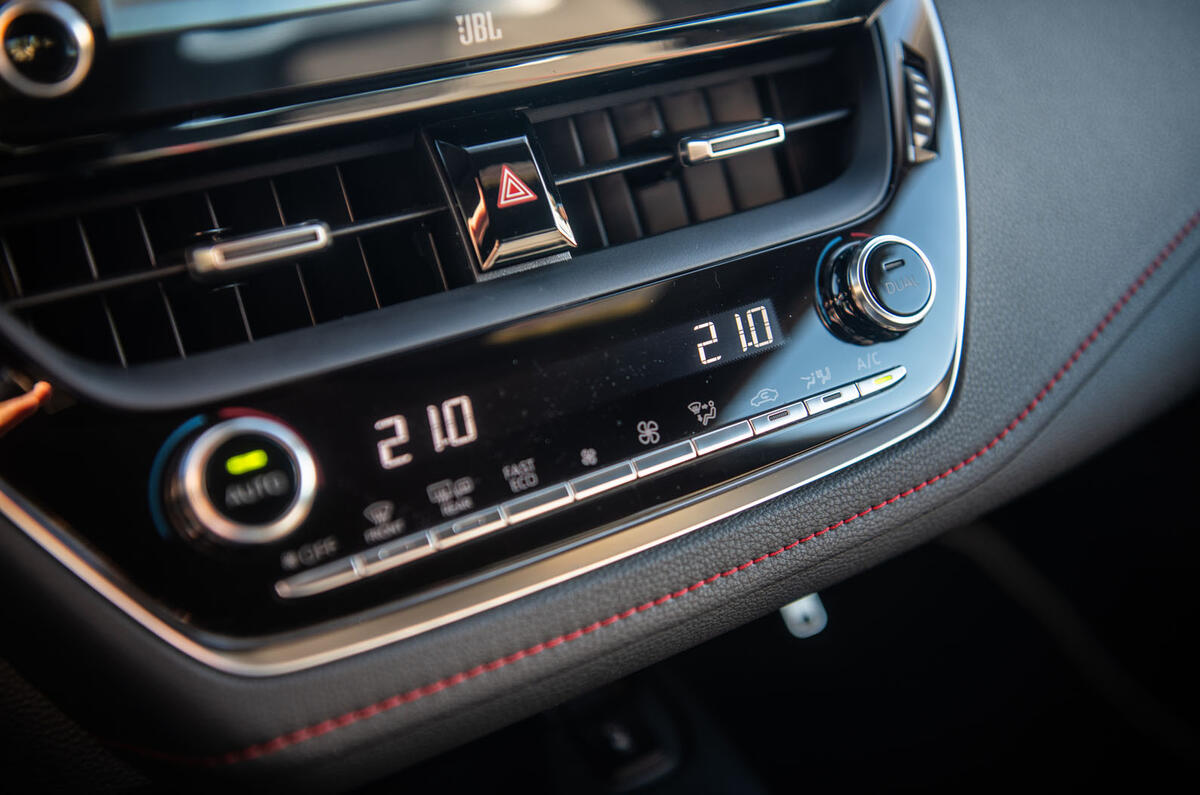
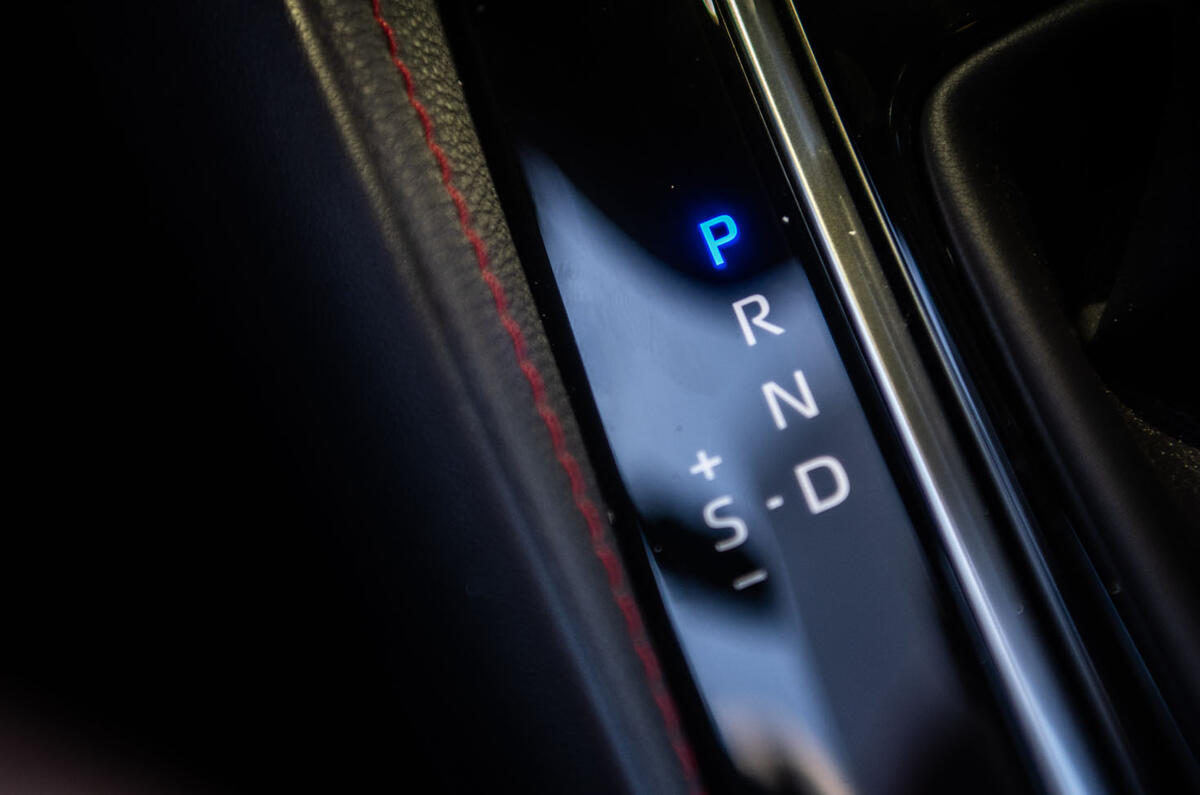
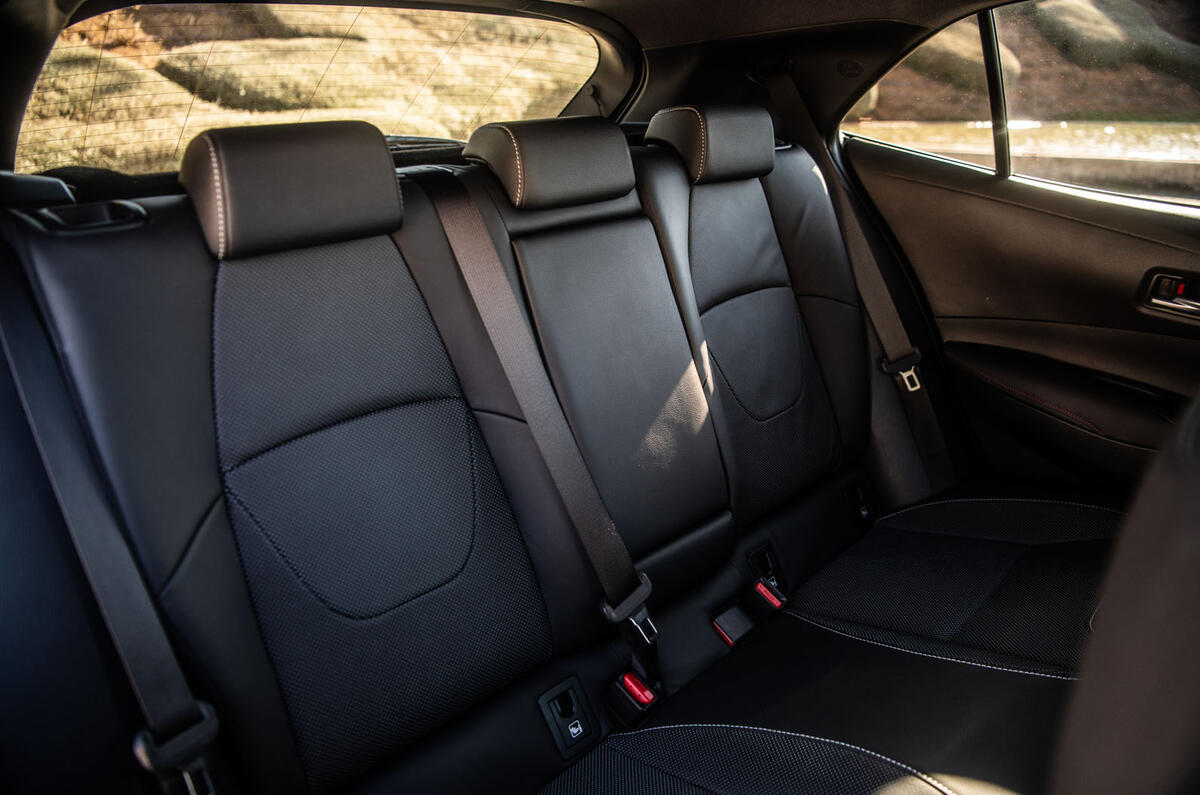
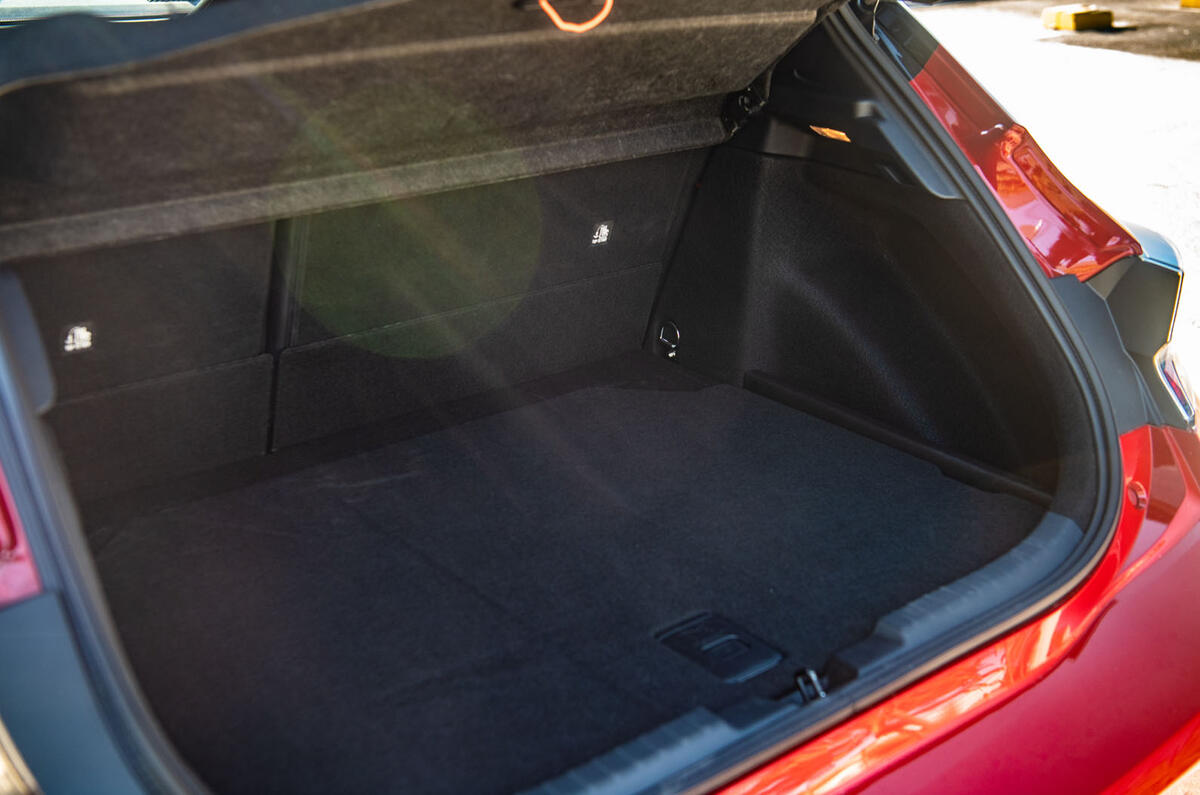
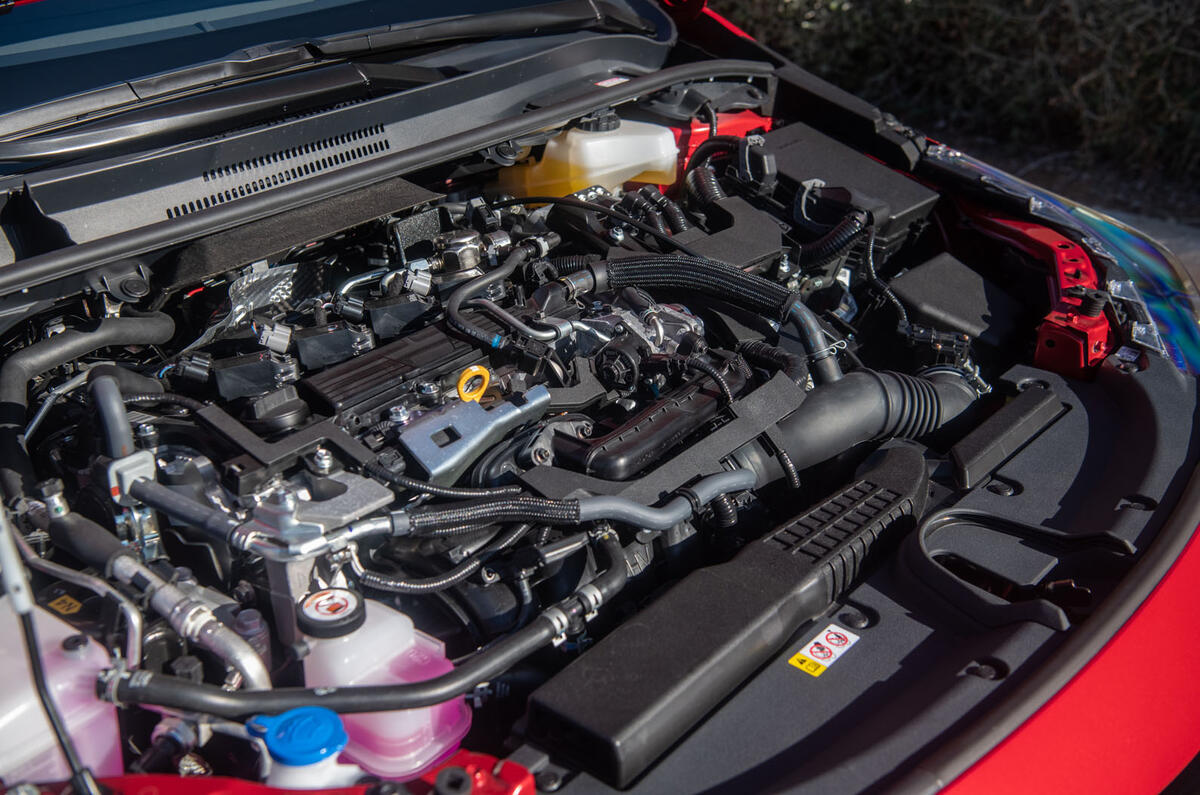
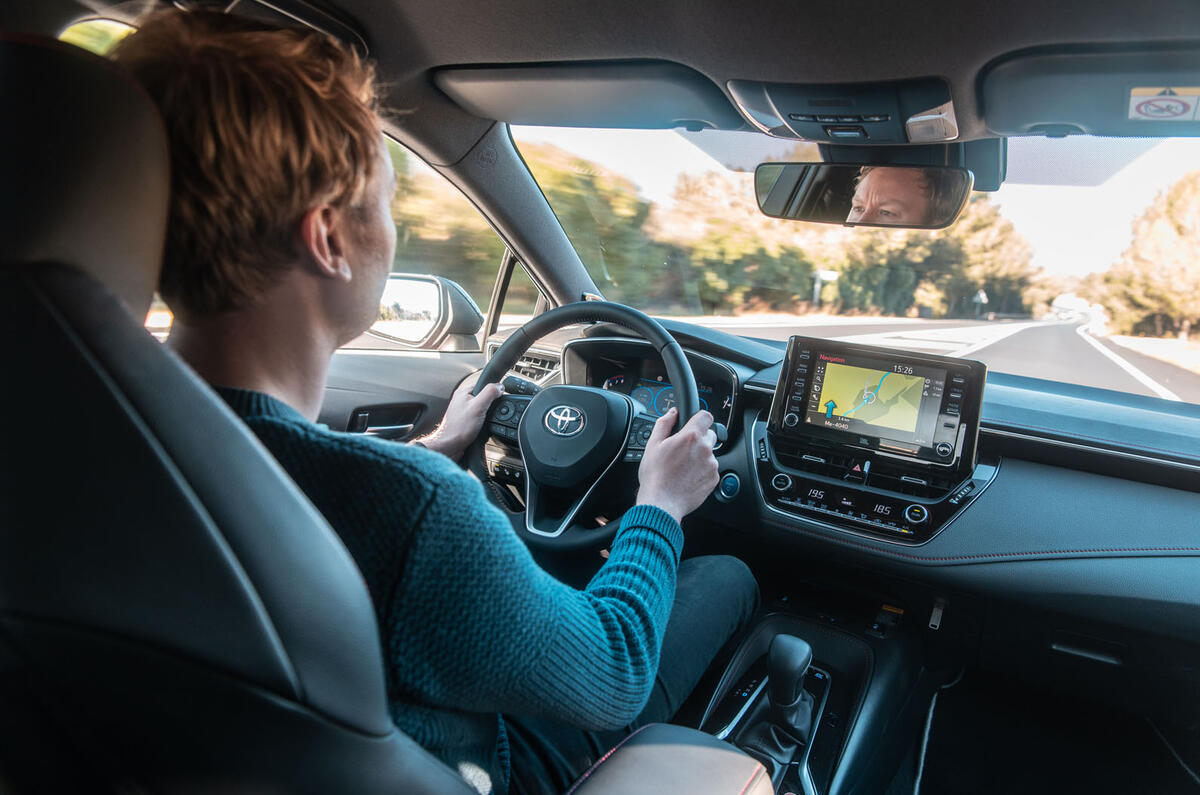

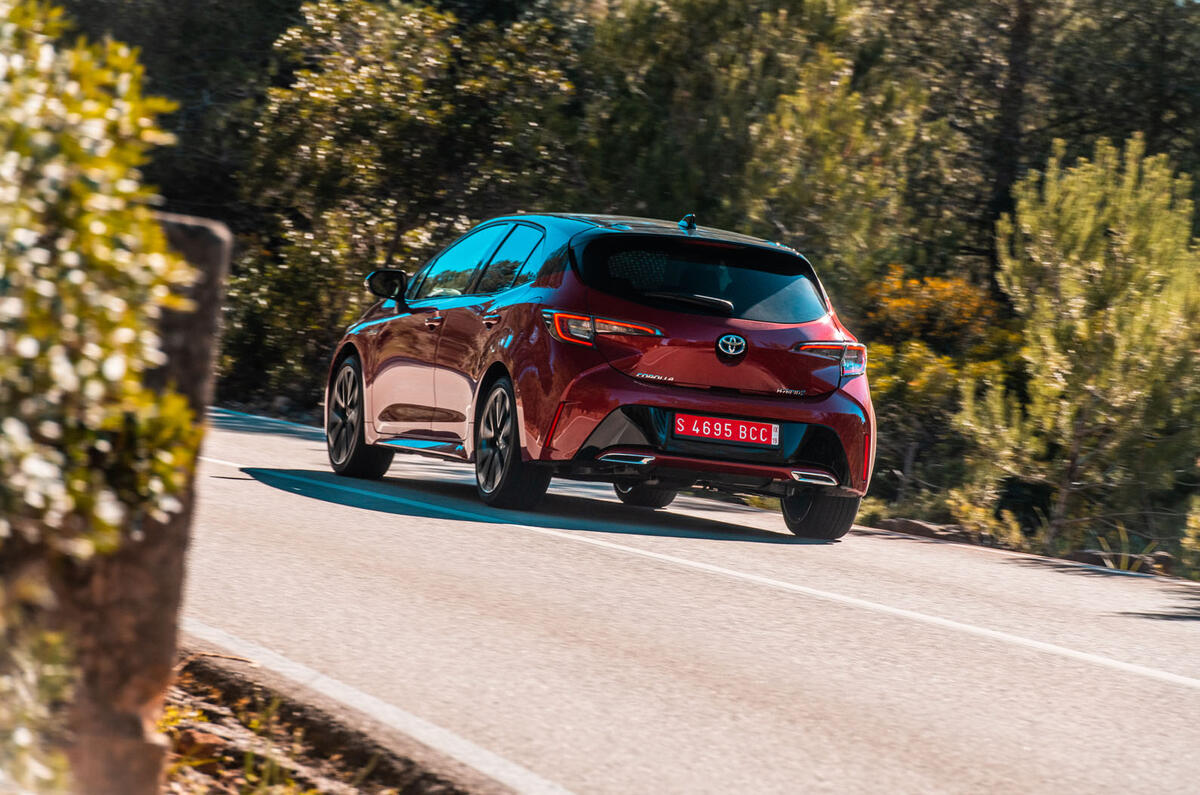
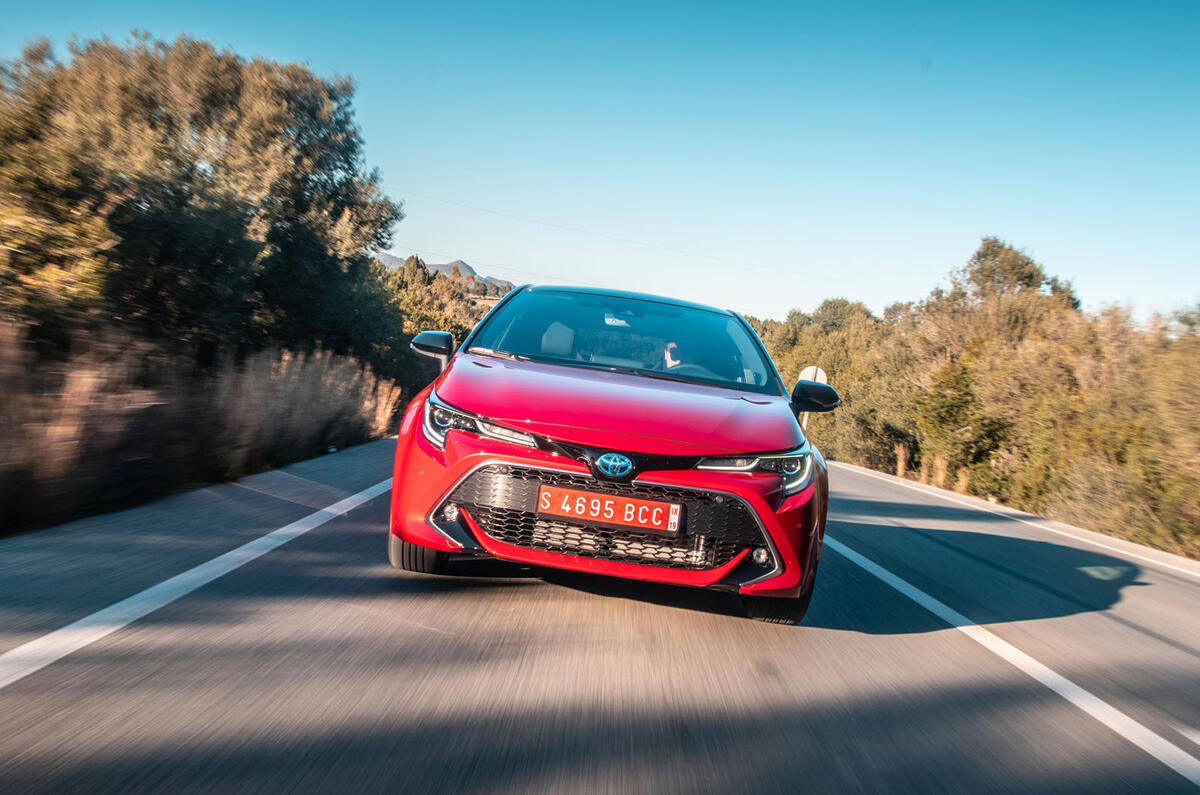
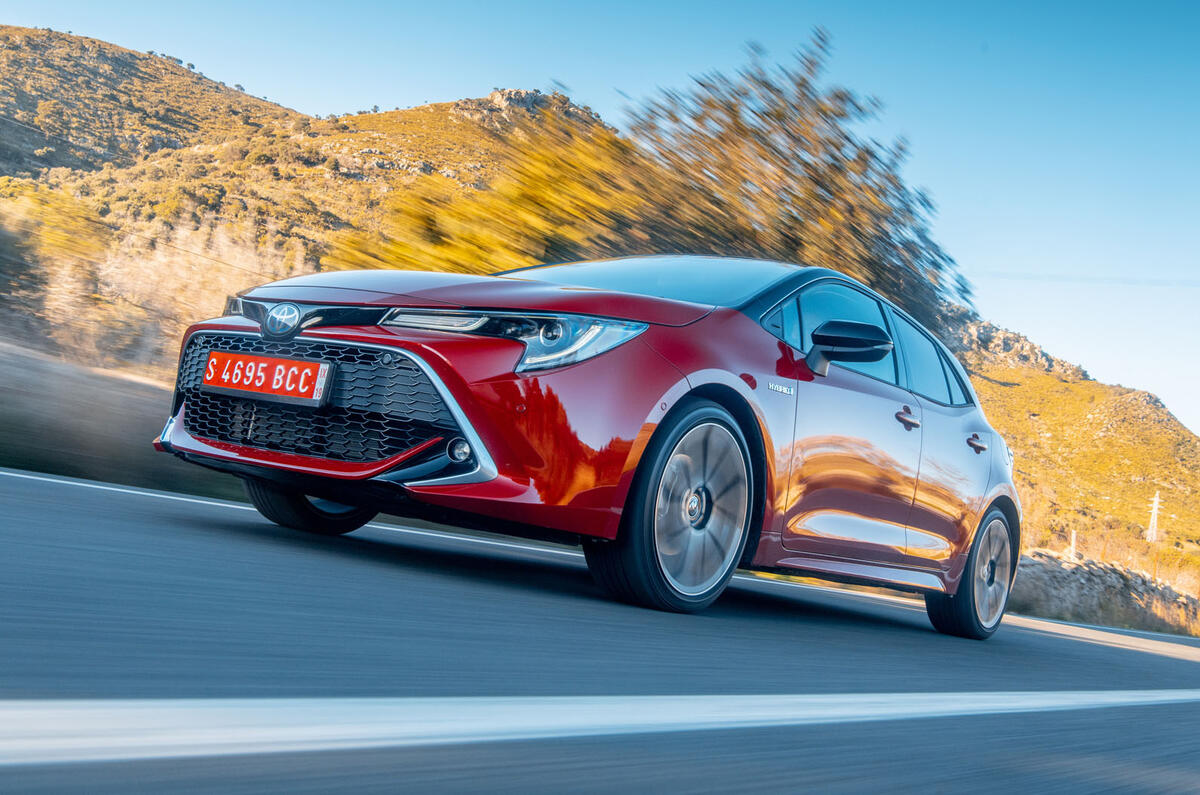
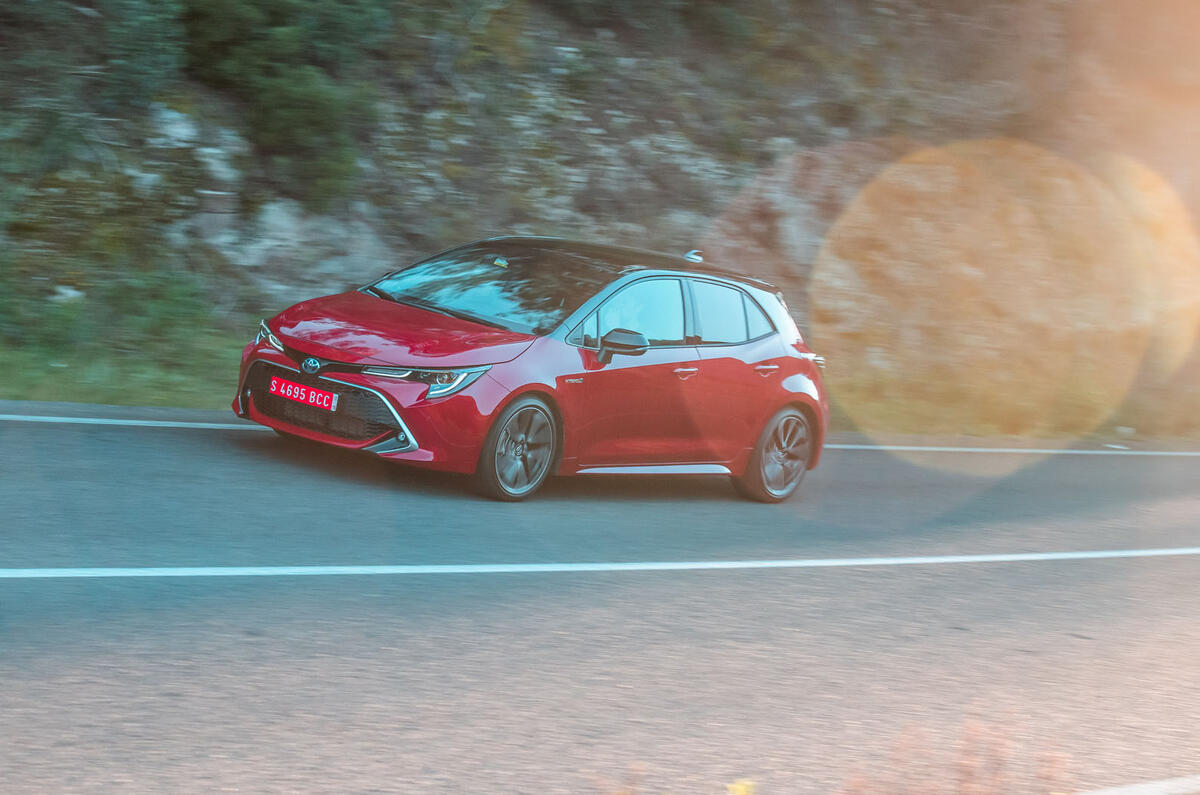
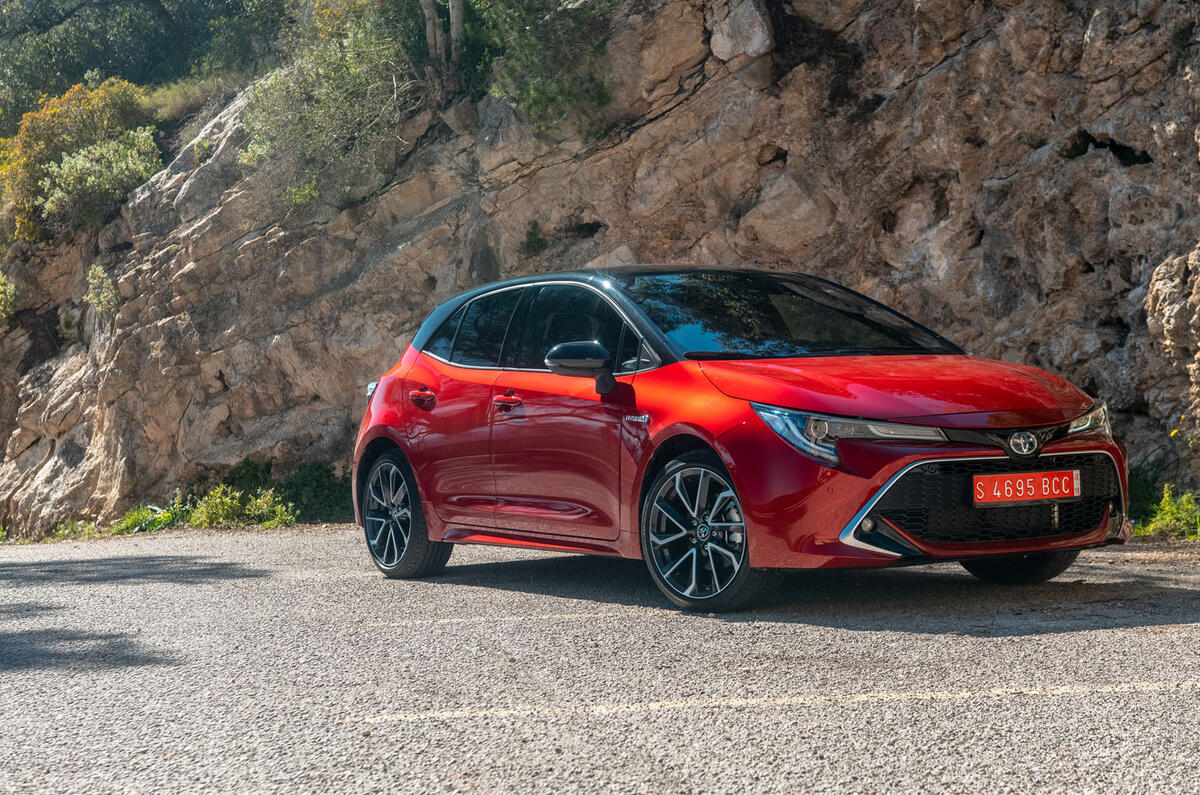
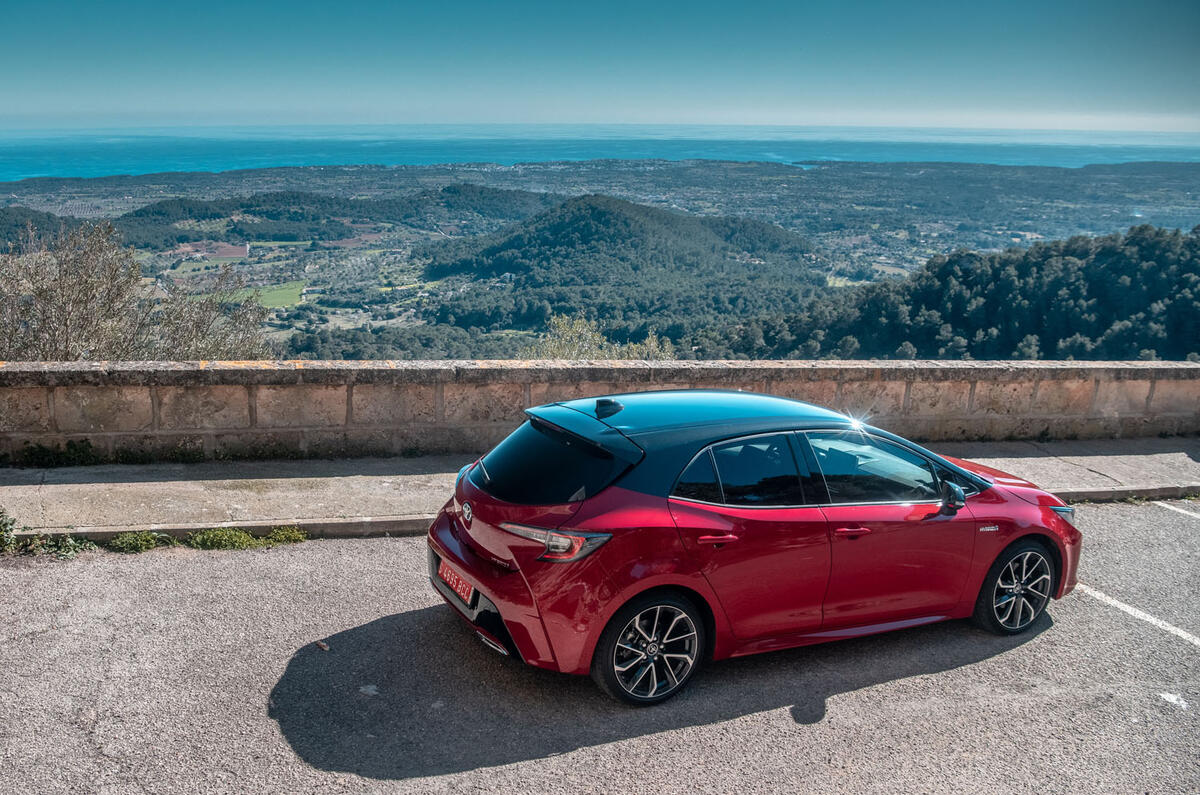
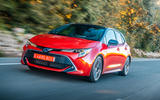
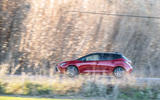
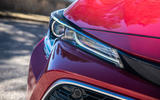
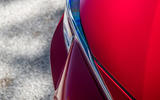
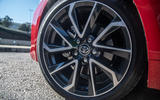
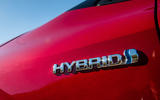
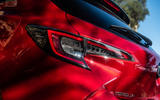
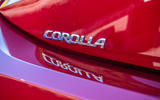
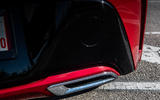
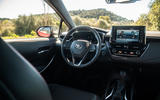
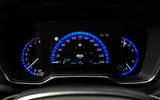
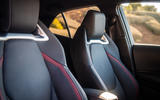
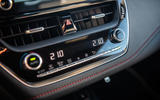
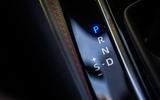
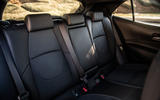
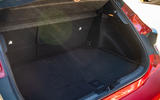
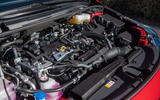

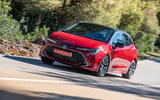
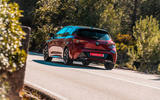
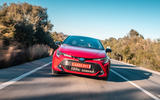
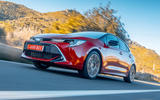
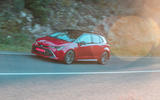
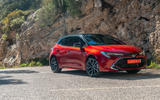
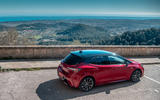
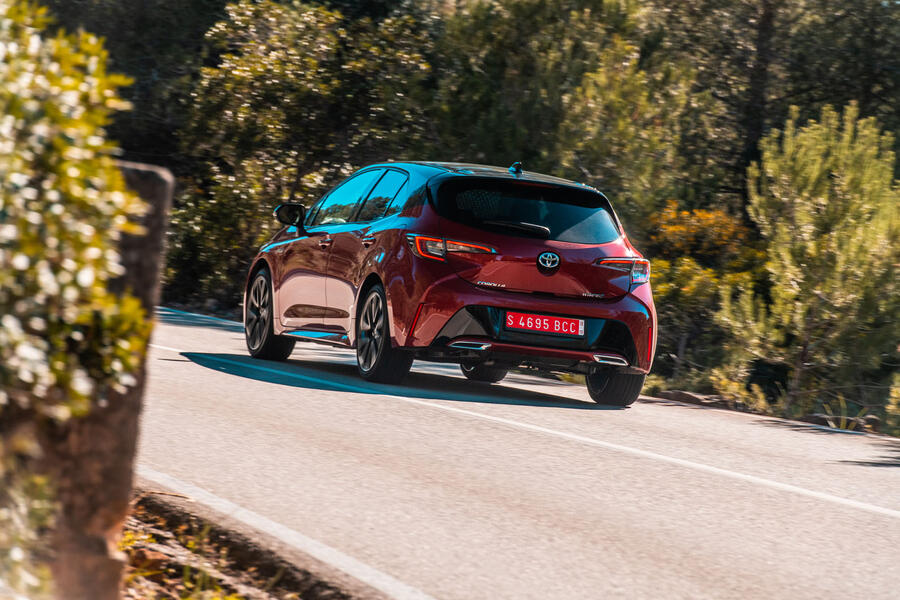
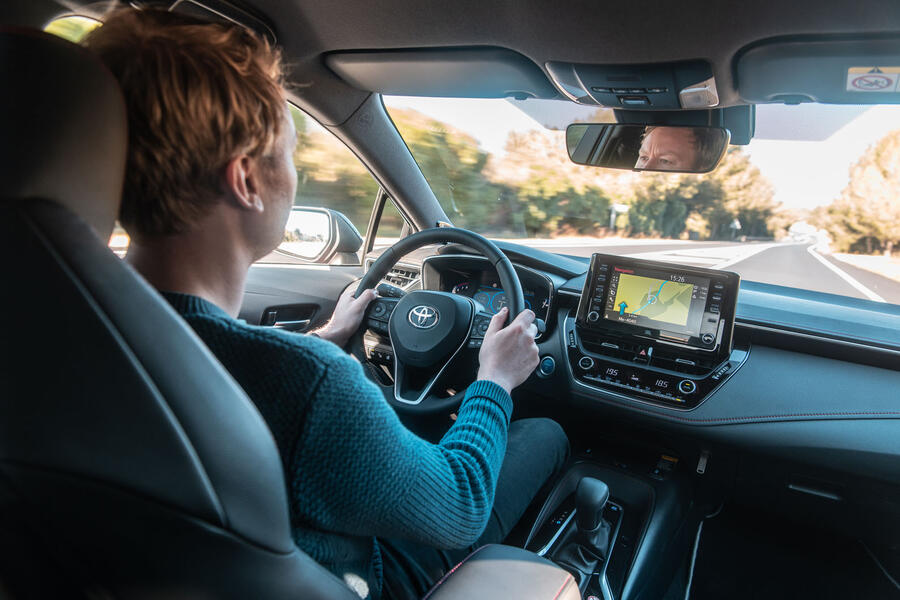
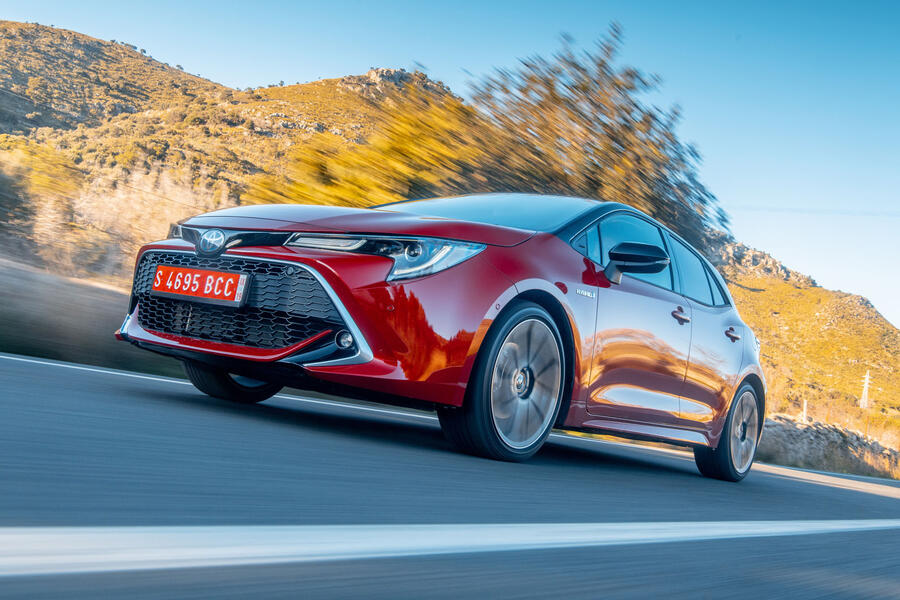
Join the debate
artill
Great for CoCar drivers, but
Great for CoCar drivers, but for the rest of us, it sounds like its crying out for a more powerful manual equiped engine and gearbox.
xxxx
Price wrong
It's actually £29,000. Makes it that little bit duller imho.
typos1 - Just can’t respect opinion
tuga
Warm hatch?
I don't think this has any such pretentions.
Mikey C
Prefer this to the Prius
Nice looking car. UK made and a way to get the hybrid benefits without looking like an Uber driver :-)
LP in Brighton
4 Stars
To gain 4 stars from Autocar, I think we can conclude this car is pretty dammed good. It certainly looks more efficient than anything else in its class with a petrol engine, at least until the new Mazda 3 arrives.
But I think the description of "single speed transaxle" is wrong. Unless Toyota has completely changed its hybrid arrangement, this will have what's termed an e-CVT. So like other Toyotas, it will have continuously variable gearing adjusted automatically to suit differing speed and load conditions. This is a big plus for me, though I'm sure that it will not please others who prefer the imperfect steps of more conventional transmissions...
Cé hé sin
e CVT
It's the same arrangement Toyota has used (and licenced) for many years so yes, a CVT. I think though that (having looked it up) explaining how this works is way beyond Autocar's pay grade and I think way beyond what most readers would want to read about too. Just saying it's a CVT is enough for most.
nicebiscuit
I rather like it
As a private buy it has a lot to recommend it - particularly the 5 year warranty and likely diesel matching economy without the emissions. These hybrids are particularly good if you have a stop start commute. My Dad runs the previous Auris tourer, and its a good and refined quality machine - better than reputed. This one is also good looking and seems to have inherited a bit more GT86 DNA in the driving experience.
For a family car those benefits seem sufficient to offset the reservations re the hybrid powertrain (which I've always found gets better with familiarity)
nicebiscuit
Or second hand?
Not that Toyota will thank me... but where Toyota and Hyundai etc really win, is you can buy a two year old example and still have 3 years of hassle free under-warranty motoring. Still want that brand new Golf?
Add your comment